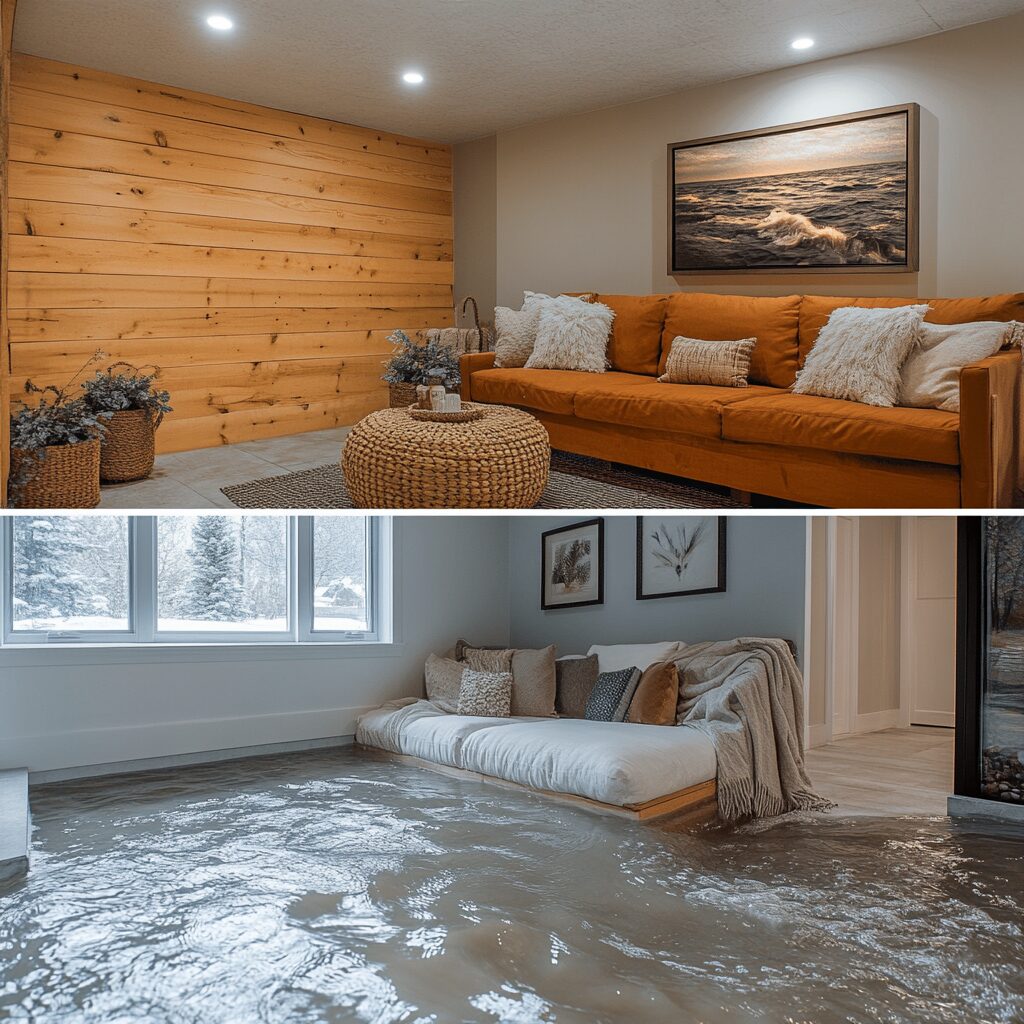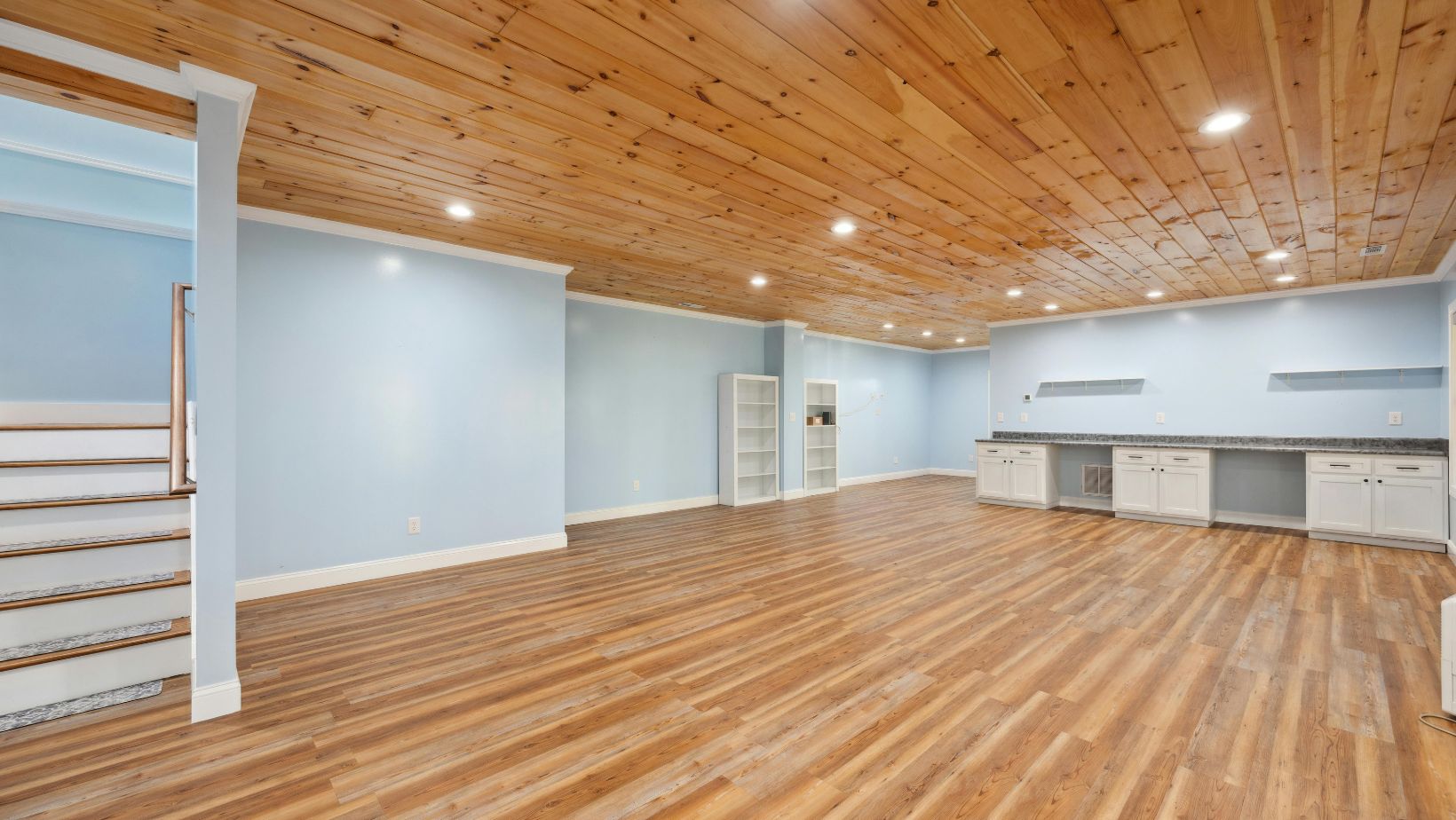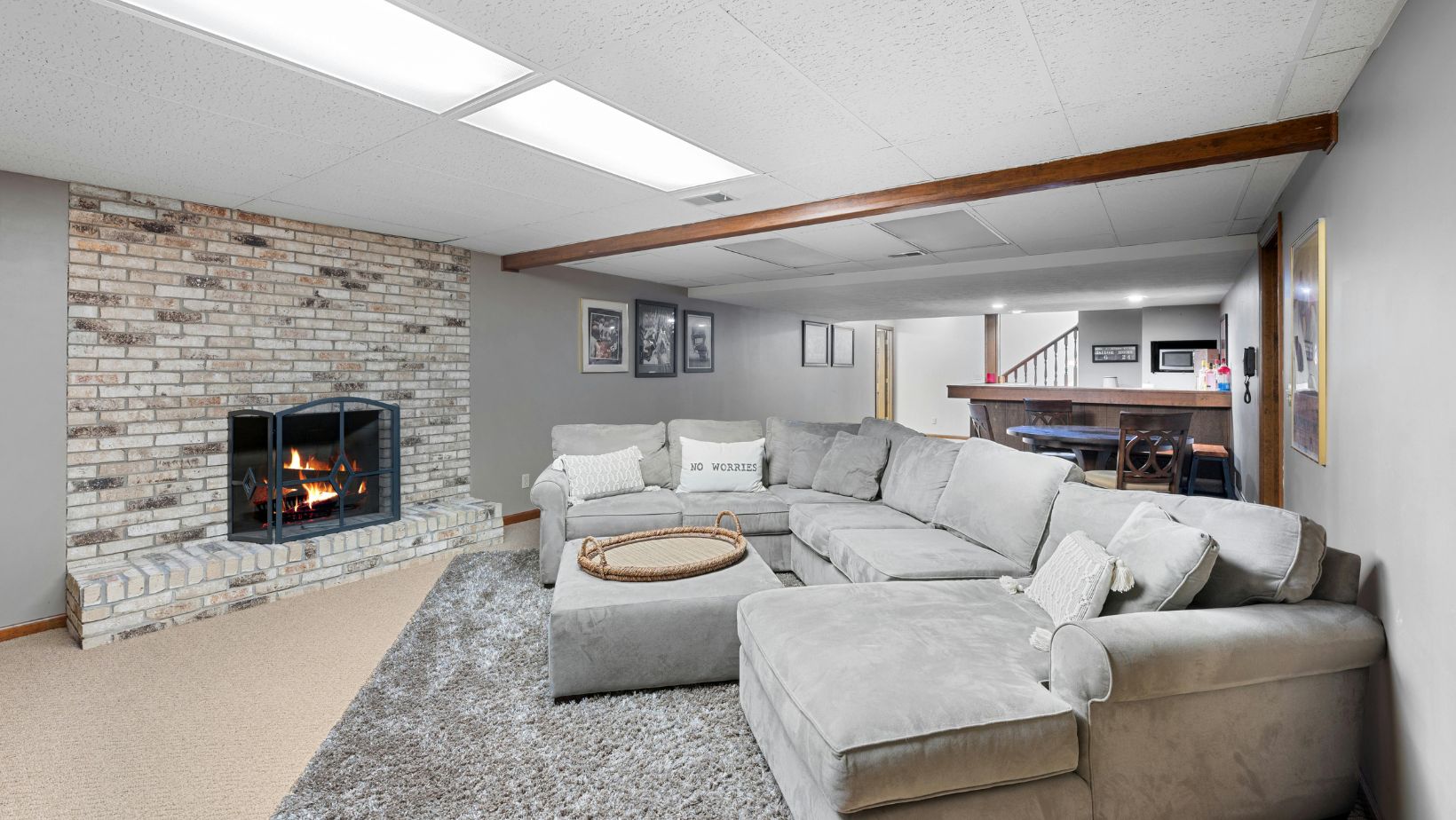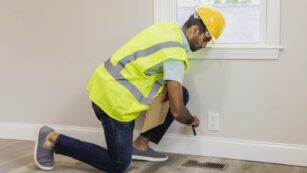
When it comes to protecting your home’s value and creating usable living space, effective basement waterproofing should be at the top of your priority list. Many homeowners overlook basement waterproofing until they’re dealing with puddles, musty odors, or worse—yet this essential home improvement can be the difference between a damp, moldy basement and a comfortable extension of your living area.
Let’s be honest—basement moisture issues rank pretty low on the “exciting home projects” scale. Nobody hosts parties to show off their newly waterproofed foundation walls. But having spent countless hours helping friends rescue soggy photo albums and ruined furniture after heavy rains, I can tell you that addressing water issues before they become disasters is one of the smartest moves any homeowner can make.
Think of basement waterproofing as the sensible shoes of home improvement: not glamorous, but you’ll be incredibly grateful you have them when you need them.
Water Woes: The Telltale Signs You Can’t Ignore
Your basement might be trying to tell you something, and it’s worth listening before the whispers become shouts. Here are some signals that shouldn’t be ignored:
- That distinctive musty smell that hits you as soon as you open the basement door
- White, chalky residue (efflorescence) forming on concrete walls
- Peeling paint or bubbling wallpaper
- Dark spots on walls or floors that might indicate mold
- Visible water stains or actual puddles after rainfall
A friend once described her basement as “having its own weather system” during rainy seasons. If you’re running a dehumidifier 24/7 just to keep things tolerably dry, it’s time to address the root causes rather than just managing symptoms.
Understanding the Enemy: Where Basement Moisture Comes From
Water is remarkably persistent—it’s the home invader that never gives up. Understanding its tactics is the first step in your defense strategy.
Most basement moisture problems come from one of three sources:
- Hydrostatic pressure: Groundwater pushing against your foundation walls and floor
- Surface water: Rain or melting snow that isn’t properly directed away from your home
- Condensation: Warm, humid air meeting cool basement surfaces
It’s like your home is playing an endless game of chess against water, and you need to anticipate its next move. The good news? With the right approach, you can stay several moves ahead.
The Ripple Effect: How Waterproofing Benefits Your Entire Home
A dry basement doesn’t just mean fewer spider webs and less musty laundry.
The benefits ripple throughout your entire home in ways you might not expect.
Enhanced Property Value
Real estate agents will tell you that moisture issues are major red flags for potential buyers. A properly waterproofed basement can increase your home’s value by 10-15% and make it far more attractive when it’s time to sell. After all, nobody wants to inherit someone else’s water problems.
Expanded Living Space
A dry basement can transform into whatever your family needs most—a home office, gym, guest suite, or entertainment area. When you consider that basement finishing offers one of the highest returns on investment of any home improvement, waterproofing becomes the critical first step toward valuable extra living space.
Improved Health
This one’s particularly close to my heart. After helping a neighbor remediate a serious mold problem caused by chronic dampness, I witnessed firsthand how basement moisture can affect family health. Mold and mildew don’t just damage your home—they can trigger allergies, asthma, and other respiratory issues.
Think of waterproofing as preventive medicine for both your home and your family.
Foundation Protection
Your foundation is literally what your home stands on, and water is its greatest enemy. Over time, moisture can weaken concrete, cause cracks to expand, and even compromise structural integrity. Proper waterproofing protects this crucial investment and prevents small problems from becoming major structural headaches.
The DIY Detective: Identifying Your Basement’s Moisture Sources
Before diving into solutions, channel your inner detective to identify exactly where and how water is entering your space.
Here’s a simple but effective moisture test anyone can do:
- Tape a 1-foot square piece of clear plastic to your basement wall or floor
- Seal all edges with waterproof tape
- Check it after 24 hours
- Moisture on the room-side surface indicates condensation issues
- Moisture on the wall-side surface points to water seepage
Another telltale method is to observe your basement during or immediately after heavy rainfall. Where does water first appear? Are there specific areas that seem particularly vulnerable?
Understanding your specific moisture patterns helps target your waterproofing efforts where they’ll be most effective—and saves you from spending money on solutions you don’t need.
Your Waterproofing Toolkit: From Simple to Sophisticated
The beauty of basement waterproofing is that there’s a spectrum of solutions ranging from weekend DIY projects to professional systems. Here’s a breakdown of your options, starting with the simplest:
Exterior Foundation Protection
The first line of defense happens outside your home:
- Gutter maintenance: Clean gutters and extended downspouts redirect thousands of gallons of water away from your foundation annually.
- Proper grading: Ensure the soil around your foundation slopes away from your home (aim for a 1-inch drop for every foot extending 6-10 feet from your foundation).
- Window well covers: These simple shields prevent rain and snow from collecting in basement window wells.
These exterior approaches offer tremendous bang for your buck. I’ve seen homes transform from chronically damp to perfectly dry just by extending downspouts and regrading the landscape.
Interior Waterproofing Solutions
When exterior measures aren’t enough, these interior solutions can make a significant difference:
- Waterproof paints and sealants: These specially formulated coatings create a moisture barrier on interior walls. They’re relatively affordable and can be applied as a DIY project.
- Crack injections: For foundations with visible cracks, specialized epoxy or polyurethane injections can seal pathways where water enters.
- Dehumidification: While not technically waterproofing, a quality dehumidifier can help manage moisture levels, particularly in humid climates.
Advanced Waterproofing Systems
For persistent or severe water issues, these more comprehensive solutions may be necessary:
- Interior drainage systems: Channels installed along the perimeter of your basement floor collect water and direct it to a sump pump.
- Sump pumps: These systems collect water and pump it safely away from your foundation.
- Exterior waterproofing membranes: Professional-grade barriers applied to the outside of foundation walls provide maximum protection.
Real Talk: When to DIY and When to Call the Pros
Let’s be real about what’s feasible for the average homeowner. Some waterproofing tasks are perfectly suited for DIY weekend warriors, while others require professional expertise.
DIY-Friendly Tasks:
- Gutter cleaning and downspout extensions
- Applying waterproof paints and sealants
- Installing a dehumidifier
- Basic landscaping for improved drainage
- Filling minor cracks with hydraulic cement
- Installing window well covers
Professional Territory:
- Installing interior drainage systems
- Exterior excavation and waterproofing
- Foundation crack injections for structural issues
- Sump pump installation
- Major grading corrections
I speak from humbling experience here. After confidently telling friends I could “easily” install an interior drainage system in my own basement, I found myself knee-deep in concrete dust and confusion about halfway through. Sometimes, the most cost-effective approach is hiring professionals who have the proper tools and expertise.
Protective Maintenance: Keeping Water at Bay Year-Round
Once you’ve addressed your basement’s moisture issues, a simple maintenance routine will help ensure your waterproofing continues to perform:
Seasonal Checklist:
Spring:
- Clean gutters after the last leaves have fallen
- Check for proper drainage during spring rains
- Inspect window wells for debris
Summer:
- Monitor basement humidity levels during humid weather
- Check for condensation on cold water pipes
- Ensure air conditioning drainage is directed away from the foundation
Fall:
- Clear gutters of fallen leaves
- Check that downspouts are securely connected
- Inspect the sump pump before winter storms
Winter:
- Remove snow buildup around the foundation
- Check for ice dams that could cause water to back up
- Ensure your sump pump discharge line isn’t frozen
This might seem like a lot, but most of these checks take just minutes and can prevent major headaches down the road.
The Art of Prevention: Design Choices That Keep Water Away
If you’re planning a basement renovation or finishing project, certain design choices can complement your waterproofing efforts:
- Flooring selection: Choose water-resistant options like luxury vinyl plank, ceramic tile, or specially designed basement carpeting systems with waterproof backing.
- Wall materials: Consider moisture-resistant drywall or alternatives like PVC wall panels that won’t support mold growth.
- Storage solutions: Keep valuables elevated on shelving rather than directly on the floor.
- Furniture placement: Leave a few inches between furniture and exterior walls to promote air circulation.
These thoughtful choices create a second line of defense against moisture damage and make your basement more resilient to minor water issues.
Conclusion: Peace of Mind Starts Below Ground
Basement waterproofing might not be the home improvement project you’ve been dreaming about, but it’s arguably one of the most important investments you can make in your home’s future. A dry, protected foundation supports everything else—your home’s structural integrity, your indoor air quality, and your ability to fully utilize every square foot of your living space.
Whether you’re tackling simple DIY improvements or investing in professional waterproofing systems, every step you take to manage moisture pays dividends in home value and family comfort. After all, the best basements are the ones you forget are basements at all—comfortable, functional spaces that just happen to be below ground level.
Your home deserves protection from the ground up, and that starts with a dry, waterproofed foundation that can weather whatever storms come your way.














